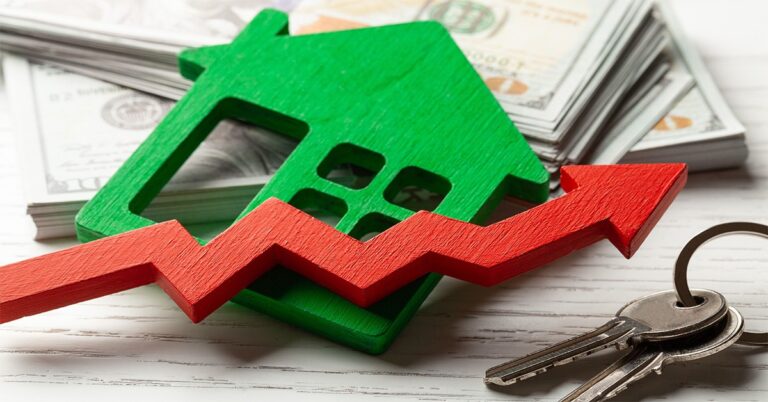July’s jobs report delivered another mixed outlook, with nonfarm employers adding fewer jobs than expected, but wage gains remaining solid.
The latest release from the U.S. Bureau of Labor Statistics revealed that total nonfarm payroll employment grew by 187,000 jobs in July, missing the bar of 200,000 jobs forecast by Bloomberg and by economists polled by Reuters.
Moreover, June’s jobs data was revised downwardly from 209,000 to 185,000, bringing June’s increase to the lowest level since December 2020. May’s data was revised lower by some 25,000 jobs as well. The revisions brought job growth from May to July to an average of 218,000 additions, down steeply from the 434,000 jobs added over the same three-month period in 2022.
On the whole, payroll growth was broad-based, led by health care, which added 87,000 jobs. Construction (which added 19,000 jobs), finance (19,000), and leisure and hospitality (17,000) also had strong showings. On the other side of the spectrum, manufacturing employers trimmed payrolls by 2,000 jobs, while transportation and warehousing dropped 8,000. Professional and business services shed 8,000 jobs, while temporary help employment fell by 22,000.
Despite the moderation in hiring, however, the employment market remains tight. The jobless rate dwindled again, ebbing to 3.5% despite an addition of 152,000 to the labor force.
Also holding strong is wage growth, with average hourly earnings up 0.4%, ahead of the 0.3% forecast reported by Wells Fargo. July’s average earnings are on par with June’s and left the year-over-year increase in wages at 4.4%, although over the past three-month, the annualized pace has been closer to 4.9%.
“July’s jobs report shows us what we already knew – the labor market is cooling, but doing so very slowly,” said Ksenia Potapov, economist at First American Financial Corp. “Employment gains are slowing, yet wages are still growing quickly. The pace of cooling may accelerate following the latest Fed hike, but it is too early to tell.”







